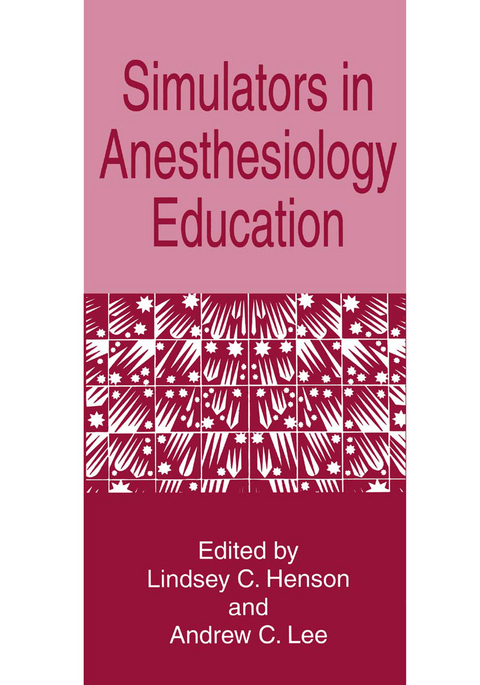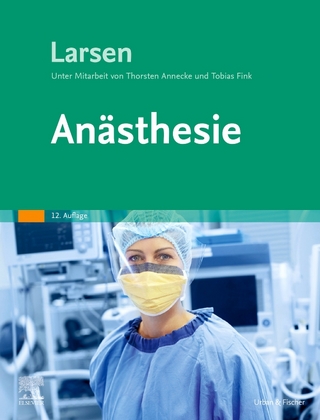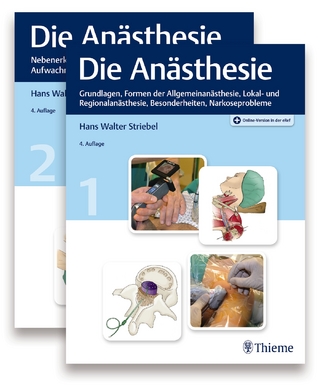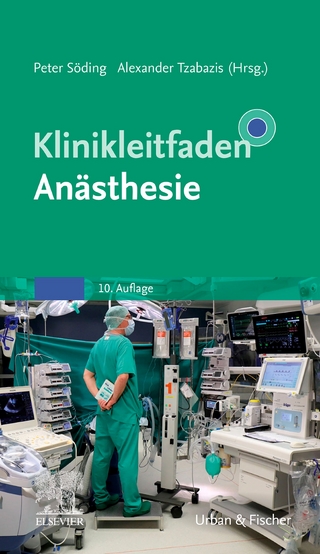
Simulators in Anesthesiology Education
Springer-Verlag New York Inc.
978-1-4899-0111-8 (ISBN)
In the past ten years, full-scale simulation training has become dramatically more evident in undergraduate and graduate medical education. This increase has been due pri marily to two factors: the development of new computer-driven technology and an interest in simulation-specific training techniques. Technologically, simulators have evolved from simple anatomical reproductions to full-scale accurate reproductions of anatomy and physiology powered by multiple computers. High-technology simulation centers run by teams of faculty are emerging as integral tools in fulfilling medical centers' educational missions. In addition, educational techniques specific to simulation, which have been de veloped and used by other industries for over half a century, are being applied to medical training. Aviation and aerospace have used sophisticated simulation since the 1950s to train pilots and astronauts. Extrapolating these methods for use in the medical world has been a natural course of events, particularly in specialties that require some of the same basic thought processes and interactions required of the pilot or astronaut. It is not surprising, then, that anesthesiology would be the medical specialty to take the lead in adding simula tion training to its educational programs. The anesthesiologist's job in the operating room is similar to that of a pilot in a cockpit, not in the specific tasks, but in decision making, technological and human interfaces, and crisis management.
1. Turning Silk Purses into Sows’ Ears: Human Factors in Medicine.- 2. Teaching High School Students.- 3. Integration of the Human Patient Simulator into the Medical Student Curriculum: Life Support Skills.- 4. Using Simulators for Medical Students and Anesthesia Resident Education.- 5. Simulation in Nursing Anesthesia Education: Practical and Conceptual Perspectives.- 6. What Can You Do with a Simulator?: Quality Assurance.- 7. Team Orientated Medical Simulation.- 8. Workshop on Educational Aspects: Educational Objectives and Building Scenarios.- 9. Model Driven Simulators from the Clinical Instructor’s Perspective: Current Status and Evolving Concepts.- 10. Technical Workshop: Mathematical and Computer Models.- 11. Issues in Starting a Simulator Program.- 12. Research Techniques in Human Performance Using Realistic Simulation.- 13. Performance Enhancement in Anesthesia Using the Training Simulator Sophus (Peanuts).- 14. Jumpseating in the Operating Room.- 15. Participant Evaluation of Team Oriented Medical Simulation.- 16. Evaluation of Simulator Use for Anesthesia Resident Orientation.- 17. Incorporation of a Realistic Anesthesia Simulator into an Anesthesia Clerkship.- 18. Computer Analysis of Cerebrovascular Hemodynamics during Induction of Anesthesia.
| Zusatzinfo | VIII, 124 p. |
|---|---|
| Verlagsort | New York |
| Sprache | englisch |
| Maße | 178 x 254 mm |
| Themenwelt | Medizin / Pharmazie ► Medizinische Fachgebiete ► Anästhesie |
| Medizin / Pharmazie ► Medizinische Fachgebiete ► Chirurgie | |
| ISBN-10 | 1-4899-0111-6 / 1489901116 |
| ISBN-13 | 978-1-4899-0111-8 / 9781489901118 |
| Zustand | Neuware |
| Haben Sie eine Frage zum Produkt? |
aus dem Bereich


